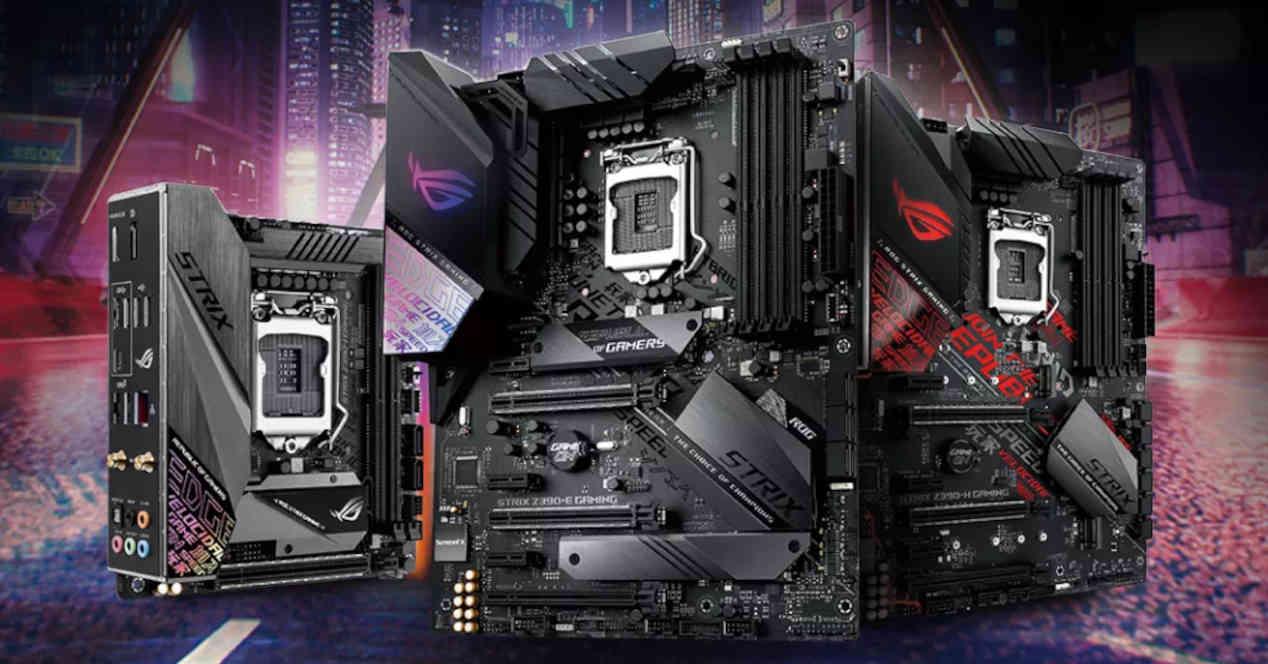A few months ago, the Resizable BAR was an almost unknown term, but it has gained prominence because it allows for more performance in games at no hardware cost. Only a firmware update for the motherboard is required. Something ASUS has so far refused to do.
ASUS adds resizable BAR for Intel Z370 and Z390
One of the hottest technologies is the resizable BAR, which is a function of the PCI Express interfaces that AMD made famous by introducing its RX 6000 GPUs and Ryzen 5000 desktop processors as Smart Access. Memory. This technology is nothing more than a renaming of the resizable BAR, something which is already in the PCI Express standard, but which is generally not implemented and requires an update of its firmware on the old ones. motherboards.
Well, ASUS has decided to support the resizable bar on some of its older motherboards, especially those that use the Z390 and Z370 chipsets. The decision came after massive complaints and user requests. Keep in mind that not only AMD made their GPUs compatible with the resizable BAR, but also NVIDIA with the latest drivers.
Support for Resizable BAR on motherboards with Z370 and Z390 chipsets is expected to appear later in April or next, according to information posted by company representatives on their community forums. ASUS has yet to release an official press release on the matter, but the move came after a barrage of complaints on its support forums.
Does it make a difference in performance?
The resizable BAR is a feature of the PCI Express standard. which allows the CPU to access the local RAM of the component connected to this interface. In this case, graphics cards, which have performance advantages in games.
Usually when the CPU generates a list of screens so that the GPU knows what to do in the next frame, it is the GPU that ends up accessing the system RAM through its DMA units. The catch with the resizable BAR is that the display lists are placed in the VRAM where the GPU can read them directly without tugging at the DMA drives and in less time.
This translates into a gain of a few milliseconds per frame, which cumulatively depending on the game and the graphics we have is a few extra FPS at zero cost. Hence the pressure from the gaming community on ASUS to add support for the resizable bar. And it cost them, since they were the last to integrate it.










